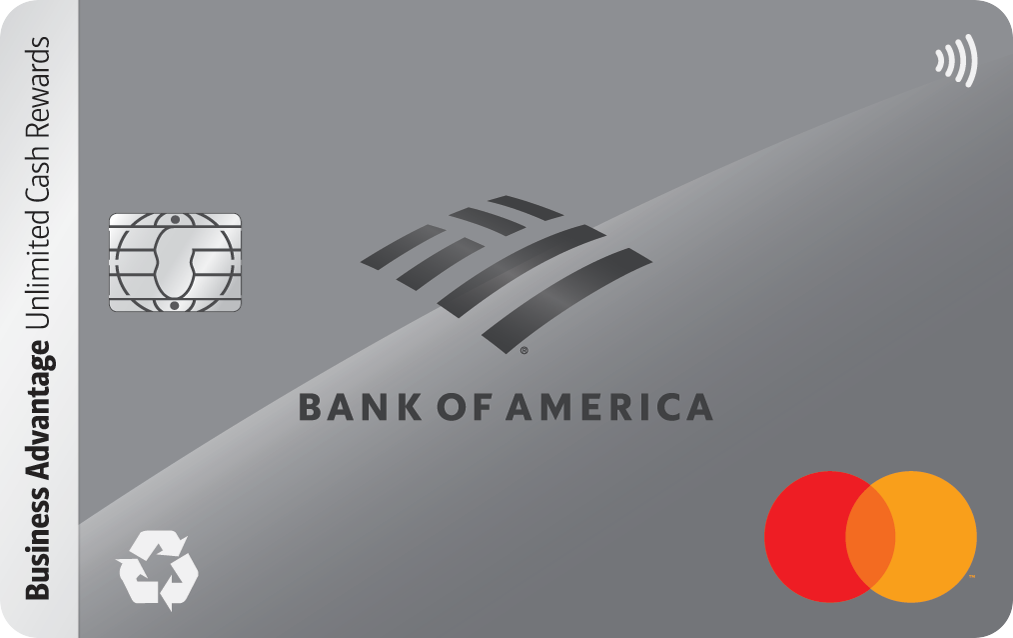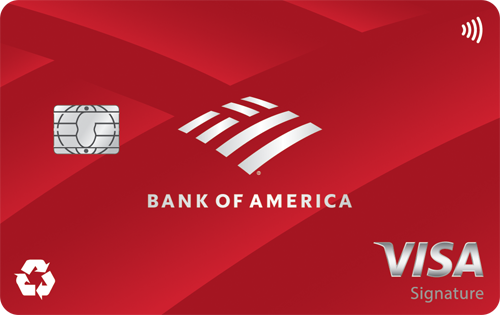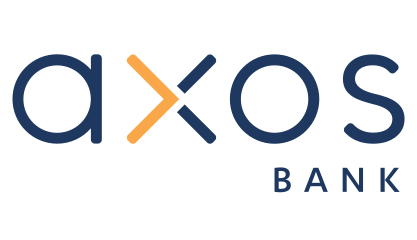Here's How Much Money You Should Keep in Your Checking Account -- It's Probably Less Than You Think
KEY POINTS
- Keeping too much money in your checking account means missing out on growth -- most accounts earn close to 0% interest.
- A good rule of thumb is to keep one to two months' worth of expenses in your checking account and move extra cash into a high-yield savings account.
- Switching to a high-yield savings account can earn you up to 70 times more interest, helping your money grow with no extra effort.
If you're like most people, your checking account is where your paycheck lands, bills get paid, and everyday spending happens. But here's the thing -- you might be keeping way too much money in there.
Sure, it feels safe to have extra cash sitting in your checking account. But keeping too much money in a low-interest account is costing you. The better move is to shift extra cash into a high-yield savings account where it can actually grow.
How much money should you keep in your checking account?
A good rule of thumb is to keep one to two months' worth of essential expenses in your checking account. That includes:
- Rent or mortgage
- Utilities
- Insurance payments
- Groceries
- Entertainment
- etc.
If those numbers add up to $3,500 each month. Then you should try to keep between $3,500 and $7,000 in your checking account. This ensures you have enough to cover bills and daily expenses without letting extra money sit idle.
The danger of keeping too much in checking
According to the FDIC, the average checking account interest rate is 0.07%. That means a $5,000 balance earns just $3.50 a year. Meanwhile, a high-yield savings account (HYSA) offering 4.50% APY would earn you $225 a year on that same amount -- for doing nothing.
Start earning 4.00% with $250+ in monthly deposits today -- open a LendingClub LevelUp Savings account now.
Where to put extra cash instead
If you have extra money sitting in your checking account, consider moving it into an account that actually works for you. Here are some potential places to put your cash:
1. High-yield savings account (HYSA)
An HYSA gives you easy access to your money while potentially offering more than 60 times the interest of a regular checking account. It's perfect for:
- Emergency funds
- Vacation savings
- Home repairs or big purchases
Start earning more on your savings today by checking out our list of the best high-yield savings accounts.
2. Certificates of deposit (CDs)
If you have money you won't need for a while, the best CDs offer similar rates as HYSAs. The tradeoff is your money is locked up for a set time, but the returns are locked in as your rate can't drop.
3. Investment accounts
Investing in a brokerage account, Roth IRA, or 401(k) can grow your wealth over time, instead of letting it sit stagnant. This is where you want to grow your long-term wealth as the S&P 500 Index has historically returned an average of 10% annually.
Make the switch and earn more on your money
If you've been letting cash pile up in your checking account, now's the time to move it somewhere better.
Check out the best high-yield savings accounts available today -- your money will grow faster, stay safe, and still be easy to access when you need it. Why let your hard-earned cash sit idle when it could be making you money?
Our Research Expert




